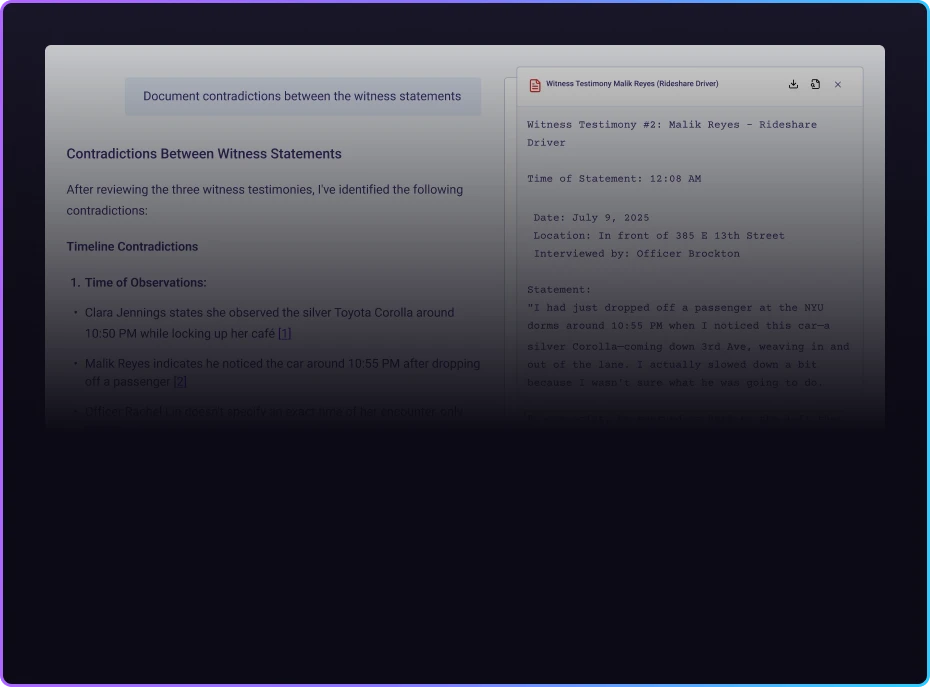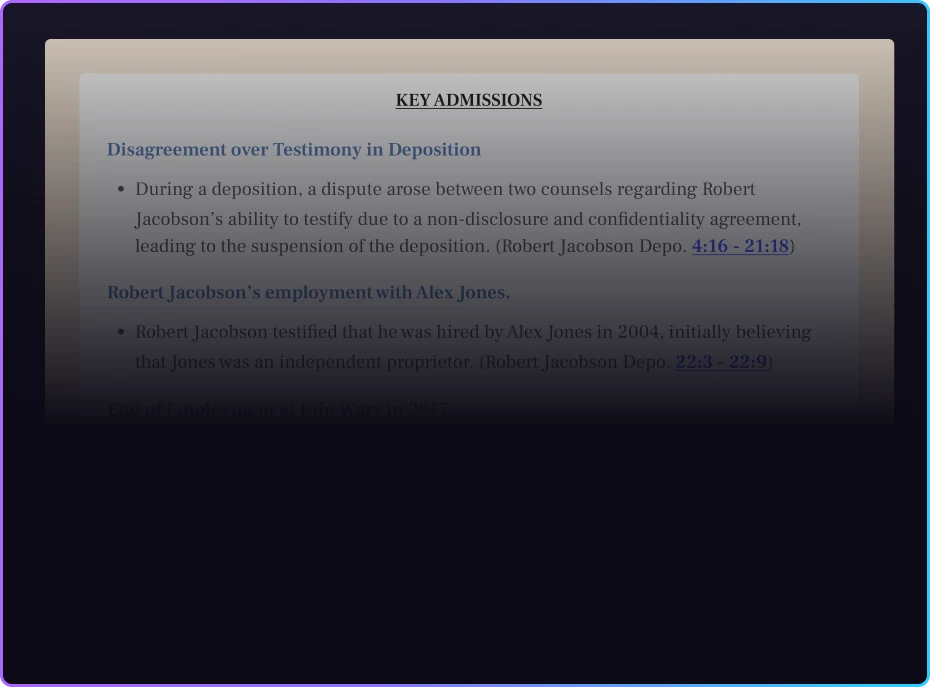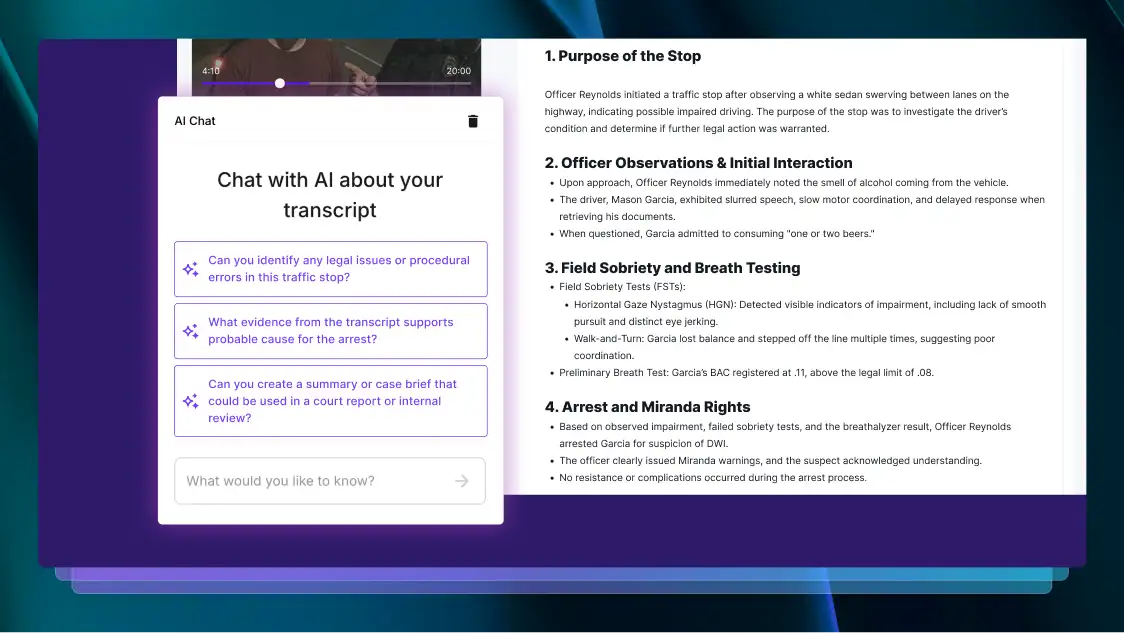40 Meeting Statistics That Showcase New Trends in Meetings
Let’s look at some must-know meeting statistics to learn more about the advantages of meetings and when they’re unnecessary.

No modern workplace would exist without meetings. Meetings allow a working team to come together to share thoughts, innovate, and learn more about each other to create a more cohesive working relationship.
Some advantages of meetings include stronger workplace relationships by encouraging communication, teaching your team how to problem solve together, and creating a feeling of togetherness with employees (especially remote ones).
As technology and workplaces have changed and progressed, the way meetings are held might look a little different. And as meetings become increasingly virtual, you want employees to be able to log on and feel included, not like they’re watching a YouTube video.
Let’s look at some meeting statistics regarding how much they cost your company in time, energy, productivity, and money.
General Meeting Stats
Despite differences in meeting times, locations, etc., there are still a few things that make all meetings equal. Let’s look at some general meeting stats to gauge the basics of how and why meetings are being scheduled across the country.
- There has been a 20% decrease in the average length of a meeting since the onset of the Covid-19 pandemic in 2020. (9)
- The average employee spends 392 working hours per year in meetings. (1)
- 65% of workers said that meetings actually prevent them from doing their work. (1)
- In the United States workforce, there are around 55 million meetings held each week! (2)
- 39% of meetings last 16 to 30 minutes, and 42% of meetings are under a half hour long. (2)
- The average company CEO has a minimum of 37 meetings per week — which take up about 72% of their workweek! (2)
- At least 75% of employees report having lost their focus while attending a meeting. (1)
- When doing other tasks during a meeting, employees report: reading the news online (39%), browsing social media (38%), and shopping online (35%). (1)
- The time employees spend in meetings has increased 8-10% per year since 2000. (8)
- 83% of employees spend up to one-third of their workweek in meetings every week. (8)
- 96% of employees have missed a meeting they were scheduled to go to. (8)
Meeting Productivity Statistics
You can have good intentions of meeting with your team to increase collaboration and productivity; but if the meetings aren’t efficient, it may end up just being a time waster for your team. Luckily, there are team collaboration and productivity tools available like Rev that can increase the productivity and creativity in these meetings by keeping a record of the happenings easily and efficiently.
Let’s look at some meeting productivity statistics to learn more about what makes a good meeting (and what doesn’t), including the relationship between meeting length vs. effectiveness.
- 78% of professionals believe that having too many meetings is the leading reason why meetings aren’t productive. (1)
- The workforce wastes 24 billion hours per year as a result of unproductive meetings. (2)
- Employees perform other, non-related tasks in 41% of meetings they attend. (2)
- 35% of workers say that inviting fewer people is the key to making a meeting more productive. (4)
- 39% of employees have admitted to falling asleep during a meeting. (4)
- Only 37% of meetings have an agenda detailing what the meeting is going to cover. (4)
- 61% of C-suite executives think that lack of agenda is the cause of unproductive meetings, while 51% of employees think irrelevant meetings are the cause. (4)
- 16% of employees blame their direct manager for scheduling them to attend too many meetings. (1)
- Employees report spending 4 hours each week preparing for meetings where they’ll have to share an update on their status or progress. (9)
- A single good meeting can boost employee productivity for 2.5 years after it is held. (4)
Stats on the Price of Meetings
You may have heard the phrase “time is money.” But how does that translate to meetings at work? Let’s look at some meeting cost statistics to get a sense of how much employers spend on meetings per year.
- The amount spent on unproductive meetings around the globe: $399 bn in the United States; $73 bn in Germany; $58 bn in the U.K.; and $33 bn in Switzerland. (8)
- In the U.S., an estimated $37 billion is lost annually because of unproductive and/or inefficient meetings. (1)
- Coordinating and rescheduling recurring internal meetings costs a company about $5,000 per year. (3)
- Employers pay about $29,000 annually on their employees in meetings. (3)
- A 30-minute meeting with 3 employees can cost a company from $700 to $1,600 — if you add an executive, the price can shoot above $2,000! (5)
- Per manager, meetings can cost a company between $43,000 and $56,000 annually. (6)
- A meeting with managers can cost a company $241 per hour. (7)
- Employees report spending about an hour just preparing for each meeting. (8)
- Meetings are delayed an average of 10 minutes due to people running behind, which amounts to about 3 days per employee per year spent waiting for a meeting to start. (8)
Virtual vs. In-Person Meeting Statistics
With the rise of remote and hybrid work, more and more meetings are being held online. Let’s explore some statistics about virtual meetings and how they’ve impacted employees’ feelings about getting together with their teams.
- It is projected that between 2020 and 2026, the worth of the video conferencing industry will rise from $3.85 billion to $6.03 billion. (4)
- Virtual meetings grew from 48% of all meetings to 77% of all meetings from 2020 to 2022. (1)
- 76% of working people prefer meeting with their teams in person. (1)
- 67% of employees think that virtual meetings can be just as productive as in-person meetings. (1)
- 50% of employees have had 1-3 hours of virtual meetings per week since the onset of the Covid-19 pandemic in 2020. (4)
- 15% of employees admit that they’ve done chores around the house while attending a virtual meeting from home. (4)
- 42% of remote workers admit to joining a virtual meeting from their bed. (4)
- The most common virtual meeting behaviors that people said they have done: waving goodbye before signing off the meeting (75%) and having to tell someone they’re talking while muted (71%).
- Company executives believe that 67% of virtual meetings are failures. (1)
- 70% of employees experienced a 70% increase in virtual meetings once they started working remotely. (9)
How to Know When Meetings Aren’t Needed
Ever seen the “this meeting could have been an email” meme? No one wants to waste time holding a meeting that isn’t necessary, but sometimes it can be hard to tell whether you need to meet or whether you can talk via instant messaging or email.
A few questions you can ask yourself before scheduling a meeting to determine if it’s necessary include:
Tips For Smoother Meetings
If you call your team into a meeting, you should be considerate of their time by not letting it run over the allotted time and by making sure the time spent in meetings is actually necessary.
If you do decide to put a meeting on your calendar, you can do the following to make sure it runs smoothly:
- Is the topic I want to cover urgent, or can I wait for a response? (If you can wait for the answer you need, an email or message may cover it).
- Am I simply delegating tasks, or do I have questions I want to work through with my team? (If all you’re doing is delegating tasks, you can do that via message or on your workplace management platform).
- Do we need to brainstorm ideas together? (If your agenda requires multiple people giving input, it may be better to meet so everyone can build off each other).
- Am I conducting training or giving information that people may have questions about? (If there’s any chance that what you’re talking about is confusing, you may want to hold a meeting so your team can ask questions. However, if you’re explaining a simple new process or subject, an email could do it.)
Please to Meet (With) You
You don’t have to groan when you see a meeting pop up on your calendar. Meetings can be good for everyone — especially if you have a service like Rev there to capture the most notable moments and provide a clear summary.
See how Rev can benefit your company.
Resources:
- Time Wasted In Meetings: 39 Meeting Statistics (Discover Therapy)
- 50 Surprising Meeting Statistics for 2024 (Flowtrace)
- 28+ Incredible Meeting Statistics [2023]: Virtual, Zoom, In-Person Meetings And Productivity (Zippia)
- The True Cost of Meetings, By the Numbers (WorkLife)
- 25 Incredible Meeting Statistics: Virtual, Zoom & Productivity (Quixy)
- How much do meetings cost? (LinkedIn)
- 10 Effective Meeting Agenda Tips To Make Your Meetings Productive (Fellow)
- Meetings Are Expensive: How can we make them valuable? (Medium)















